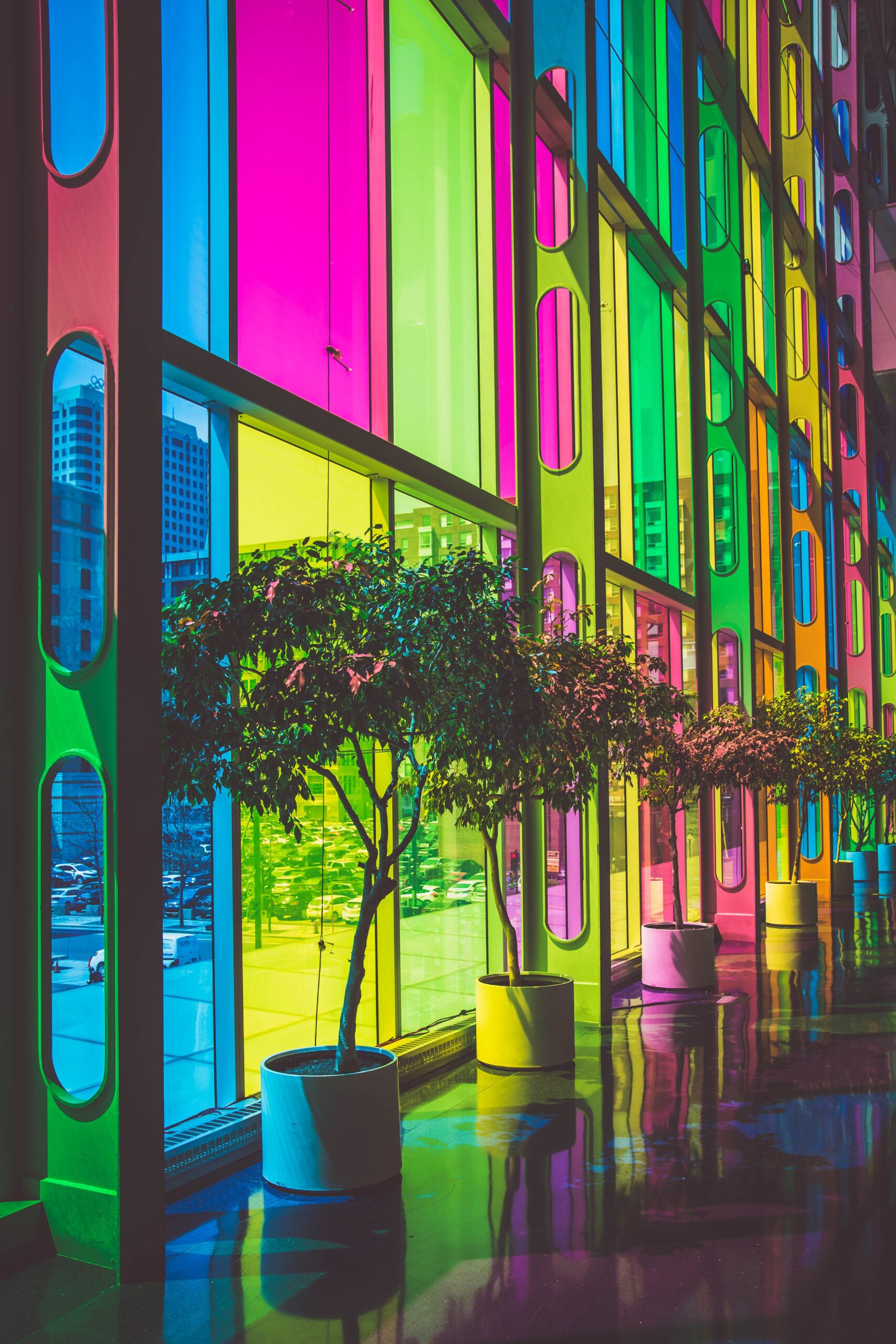The Kaleidoscope of Color: Exploring the Effects of Color in a Room
Color is a powerful design element that can dramatically influence our emotions, perceptions, and overall experience within a space. Whether it’s a vibrant red, soothing blue, or serene green, each hue carries its unique psychological and visual impact. Understanding the effects of color in a room allows us to create environments that evoke specific moods, enhance functionality, and reflect our personal style. In this blog post, we will embark on a colorful journey to explore how different colors can transform a room and shape our experiences within it.
Energizing Reds & Oranges:
Warm hues like reds and oranges are known for their energizing properties. They can stimulate conversation, evoke excitement, and increase energy levels. Incorporating these colors in social spaces like living rooms or dining areas can create a vibrant and lively atmosphere, encouraging social interaction and engagement. However, it’s important to use them strategically and in moderation, as excessive use can be overwhelming or create a sense of restlessness.
Calming Blues & Greens:
Cool colors such as blues and greens have a calming effect on our minds and bodies. They can promote relaxation, reduce stress, and create a soothing ambiance. These hues are often favored for bedrooms, bathrooms, or any space where tranquility is desired. Lighter shades of blue can evoke a sense of serenity, while greens are associated with nature and renewal. Incorporating blues and greens in your environment can create a refreshing and peaceful retreat from the hustle and bustle of daily life.
Uplifting Yellows & Yellow-Orange Hues:
Yellow and yellow-orange hues bring warmth, optimism, and happiness into a room. They can stimulate creativity, boost mood, and radiate positivity. Yellow is often used in spaces where productivity and inspiration are desired, such as home offices or creative studios. However, it’s important to strike a balance as too much yellow can be overly stimulating. Combining yellows with neutral tones or using it as an accent color can create a cheerful and inviting atmosphere.
Grounding Neutrals:
Neutral colors like whites, grays, and beiges provide a sense of balance, versatility, and timelessness. They serve as a backdrop for other colors and can create a cohesive and harmonious environment. Neutrals are often chosen for larger surfaces like walls or flooring, allowing for flexibility in accessorizing and evolving personal styles. They can also help create a sense of openness and spaciousness, making a room feel larger and more inviting.
Accentuating Drama with Bold Colors:
Bold and intense colors like deep purples, rich burgundies, or vibrant teals can add drama and personality to a room. These colors create focal points and make a statement, drawing attention and leaving a lasting impression. They are often used in small doses or as accent colors to create visual interest and excitement. Incorporating bold colors through accessories, artwork, or accent walls can infuse a room with character and reflect your unique style.
Color is a potent tool that can transform a room and influence our emotions and experiences within it. By understanding the effects of different colors, we can create spaces that inspire, calm, energize, or evoke specific emotions. Whether you prefer warm and energizing hues, cool and calming tones, or bold and dramatic statements, the right color palette can bring your vision to life. So, embrace the kaleidoscope of color and let your rooms become vibrant reflections of your style, mood, and desired ambiance.
